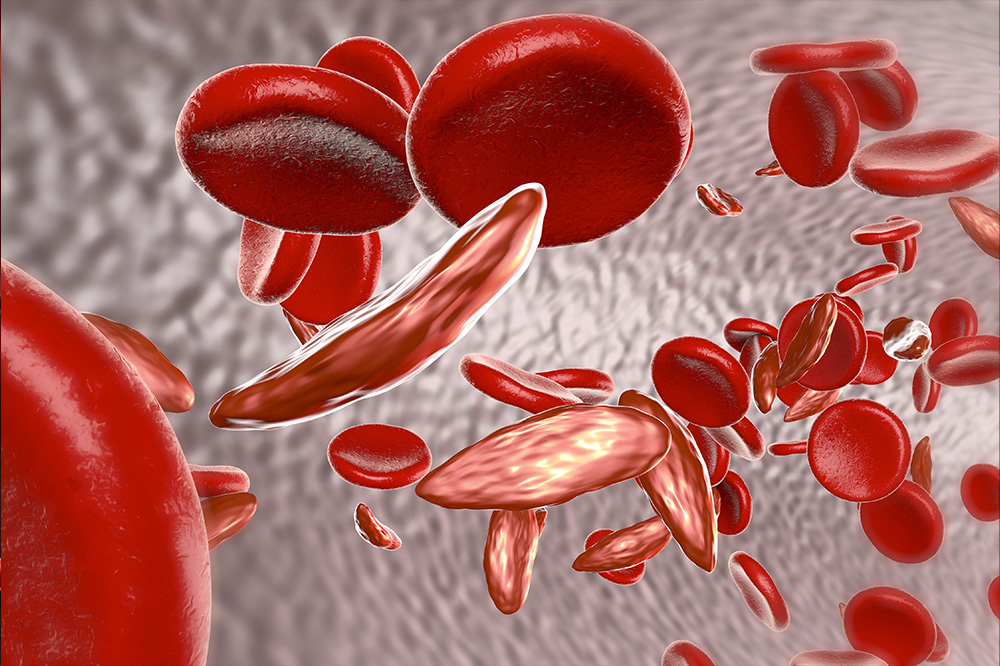10 wilsons disease symptoms
 Article Sources
Article SourcesWilson’s disease is a rare genetic condition that causes copper to accumulate in various body parts, including the brain and liver. Most people are diagnosed with this condition between the ages of 5 and 35. However, it’s possible to be diagnosed earlier or later.[[1]] Copper is an important mineral that plays a role in developing melanin, collagen, bones, and nerves. Typically, the body gets rid of excess copper to maintain healthy levels. In Wilson’s disease, copper levels in the body can reach toxic levels and cause various symptoms.[[1]]
Fatigue
People can experience fatigue for several reasons, many of which are benign. For example, fatigue can be caused by poor sleep or the common cold. More serious causes of fatigue include cancer and iron-deficient anemia.[[2]] In Wilson’s disease, fatigue is caused by high (sometimes toxic) levels of copper in the body.[[1]] Fatigue may point to Wilson’s disease if it’s present alongside other common symptoms. For example, this condition can also cause appetite changes, eye discoloration, and abdominal fluid buildup.[[1]]

Advertisement
Jaundice
Jaundice is a condition causing the skin, eyes, and mucous membranes to turn yellow. This yellowing is caused by excessive bilirubin production, a fluid created by the liver during the breakdown of red blood cells.[[3]] In Wilson’s disease, jaundice happens because the liver is affected by excess copper levels.[[1]] Other potential causes of jaundice include the Epstein-Barr virus, Hepatitis A, and hemolytic anemia. Problems with the gallbladder, liver, and pancreas can also cause jaundice.[[3]]

Advertisement
Eye Discoloration
People with Wilson’s disease often have eye discolorations known as Kayser-Fleischer rings around the edge of their corneas. The rings can be green, gold, or yellow. This discoloration isn’t always visible to the naked eye, but healthcare providers can do a special eye exam to see the rings.[[4]] Kayser-Fleischer rings are one of the most telling symptoms of Wilson’s disease. Around half of all people diagnosed with this condition have this type of eye discoloration.[[4]]

Advertisement
Fluid Buildup in The Legs or Abdomen
Fluid buildup in the abdomen is called ascites, while leg swelling is called edema. These issues can happen simultaneously or independently of one another. Ascites and edema are secondary symptoms of chronic liver disease from toxic copper levels.[[4]] Besides Wilson’s disease, ascites can be caused by failure or infection of the heart or kidneys. It can also be caused by cancer.[[5]] Edema can be caused by venous insufficiency, thyroid disease, allergic reactions, or pregnancy.[[6]]

Advertisement
Speech Problems
People with Wilson’s disease can experience speech problems when high levels of copper in the body affect the central nervous system. This symptom is more common in adults, but it can also happen in children.[[4]] Other central nervous system symptoms may accompany speech problems, such as difficulty swallowing, stiff muscles, and poor coordination. The longer copper is allowed to build inside the body, the worse these symptoms can be.[[4]]

Advertisement
Mental Health Issues
In Wilson’s disease, mental health issues happen due to decreased quality of life and effects on the central nervous system from toxic copper levels. Adults are more likely to suffer mental health issues than children with this condition.[[4]] Anxiety and depression are common diagnoses for those with Wilson’s disease. It’s possible to have psychosis, where a person experiences an altered reality and can’t distinguish it from the real world. Personality and mood changes are also common.[[4]]

Advertisement
Poor Coordination
Another Wilson’s disease symptom more likely to affect adults than children is poor coordination. Adults are more likely to experience this symptom because there’s been more time for copper to build up inside the body.[[4]] Poor coordination can significantly decrease a person’s quality of life. It can make everyday tasks, such as walking, writing, and driving, challenging or even dangerous. Poor coordination may present with tremors or stiff muscles, making everyday tasks even more difficult.[[4]]

Advertisement
Uncontrollable Body Movements
Uncontrollable body movements are often referred to as tremors.[[4]] They may look or feel like twitching or vibrating. It’s also possible for the movements to appear more like jerking movements and be more pronounced or noticeable.[[7]] Body-wide shaking and slow or repeated movements may accompany smaller tremors, shakes, and jerks. Since Wilson’s disease can simultaneously attack the brain, spinal cord, and liver, uncontrollable body movements may present with unrelated symptoms, making a diagnosis challenging.[[8]]

Advertisement
Anemia
Toxic levels of copper in the body can lead to anemia. Anemia is a condition where the body doesn’t have enough healthy red blood cells to carry enough oxygen to various parts of the body. Common symptoms of anemia include fatigue, pale skin, and weakness.[[9]] There are various types of anemia, some of which are genetic, while others develop over a person’s lifetime. In Wilson’s disease, iron deficiency is generally the most common type of anemia.[[9]]

Advertisement
Unexpected Weight Loss
The symptoms of Wilson’s disease can hamper a person’s appetite or make it challenging to feed themselves. For example, liver disease is common in this condition and also leads to a loss of appetite. Tremors and uncontrollable shaking can make it difficult for a person to feed themselves.[[4]] Generally, weight loss in Wilson’s disease doesn’t develop until the liver has been severely damaged. However, this isn’t always the case, and unexpected weight loss can be one of the first signs of illness.[[4]]

Advertisement





